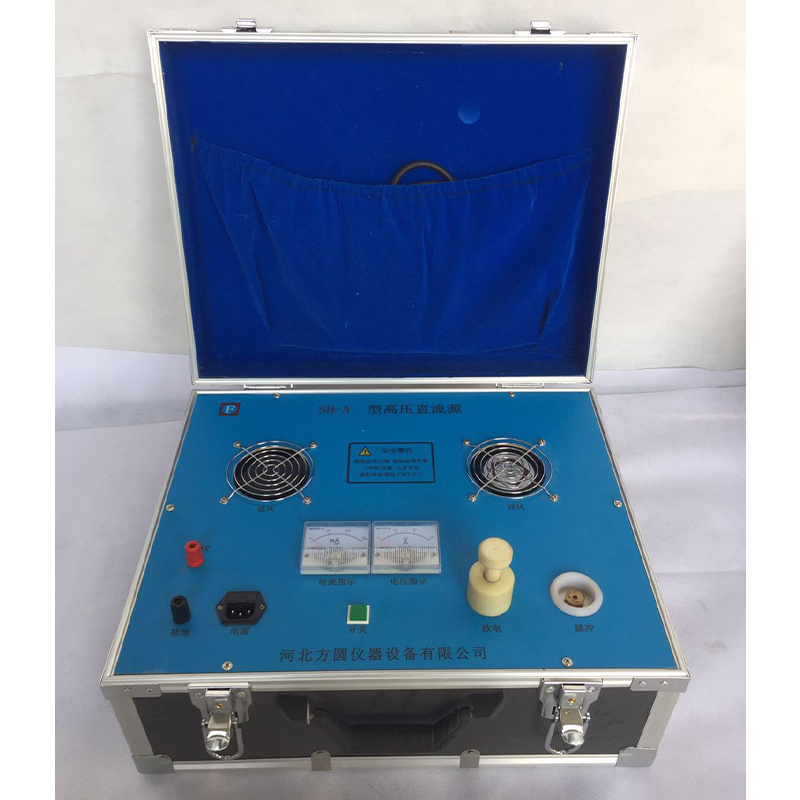IEC 60811 Guidelines for Testing and Evaluating Insulated Wire and Cable Materials
Understanding IEC 60811 A Guide to Electrical Insulation Materials in Manufacturing
The IEC 60811 standard plays a pivotal role in the electrical industry, specifically concerning the characterization of materials used for insulating wires and cables. Developed by the International Electrotechnical Commission (IEC), this standard outlines the test methods for various types of electrical insulating materials, ensuring that they meet specific requirements for safety, durability, and performance. This article explores the key aspects of IEC 60811 and its significance for manufacturers.
Background of IEC 60811
IEC 60811 consists of a series of parts that collectively provide the framework for testing and evaluating the properties of insulating materials. These materials are crucial in cables and wires, as they protect conductive parts from environmental factors and ensure the successful transfer of electrical energy. The standard encompasses different testing procedures that assess properties such as flexibility, tensile strength, aging resistance, and the ability to withstand environmental stresses.
Importance for Manufacturers
Manufacturers in the electrical and electronics industry must adhere to IEC 60811 to ensure product quality and safety. Compliance with this standard not only helps in producing reliable products but also builds trust among consumers and end-users. For instance, using materials that pass IEC 60811 testing guarantees that the final products can withstand extreme conditions such as temperature fluctuations, humidity, and chemical exposure.
Furthermore, adhering to IEC 60811 facilitates global trade. As electrical products are often exported across borders, having certification in line with international standards simplifies the compliance process with various regulatory authorities, making market entry more efficient.
Key Testing Methods
iec60811 factories

The IEC 60811 standard includes several critical testing methods that manufacturers typically employ
1. Tensile Strength and Elongation This test evaluates the material's strength and flexibility under stress, ensuring it can withstand mechanical forces during installation and use.
2. Thermal Aging This method assesses the material's ability to resist degradation over time when exposed to elevated temperatures, which is crucial for long-term applications.
3. Flame Resistance Given the potential hazards associated with electrical installations, testing materials for flame resistance is vital. IEC 60811 outlines procedures to evaluate how well a material can resist ignition and suppress combustion.
4. Low-Temperature Flexibility This test simulates extreme cold conditions to determine if the material remains pliable and functional at low temperatures, ensuring reliability in diverse environments.
Conclusion
In conclusion, IEC 60811 is a fundamental standard in the electrical industry that defines the testing and evaluation of insulating materials. Its significance transcends mere compliance; it plays a crucial role in ensuring the safety, durability, and reliability of electrical products. For manufacturers, conforming to IEC 60811 not only enhances product quality but also positions them favorably in the competitive global market. As technological advancements continue to evolve, adherence to such standards will be vital in meeting the ever-growing demands for safe and efficient electrical systems. In essence, IEC 60811 is not just a guideline but a cornerstone in the manufacturing of electrical insulation materials, fostering innovation while upholding the highest safety standards.
-
The Role of Tensile Force Testers in Quality Control and Material Science
NewsAug.01,2025
-
Maintenance and Safety Tips for Aging Ovens
NewsAug.01,2025
-
Density Balance in Forensic Science
NewsAug.01,2025
-
Advanced Optical Measurement Technologies
NewsAug.01,2025
-
A Buyer’s Guide to Tensile Test Machines
NewsAug.01,2025
-
Why the Conductor Resistance Constant Temperature Measurement Machine Redefines Precision
NewsJun.20,2025
 Copyright © 2025 Hebei Fangyuan Instrument & Equipment Co.,Ltd. All Rights Reserved. Sitemap | Privacy Policy
Copyright © 2025 Hebei Fangyuan Instrument & Equipment Co.,Ltd. All Rights Reserved. Sitemap | Privacy Policy
